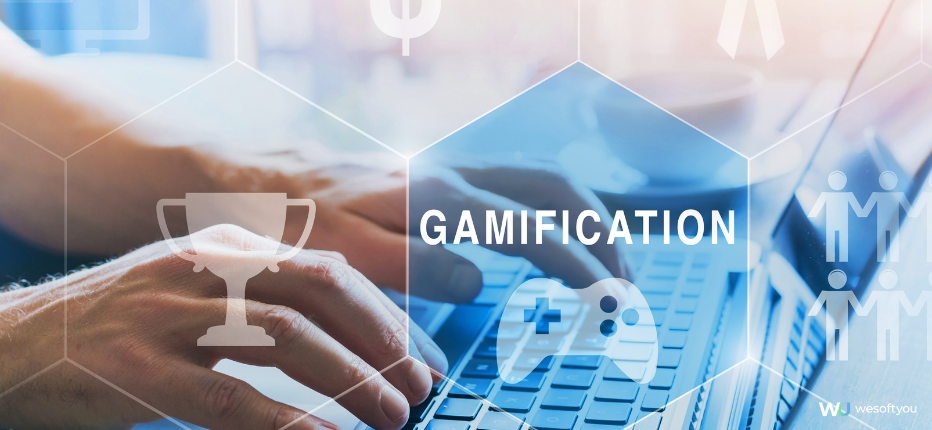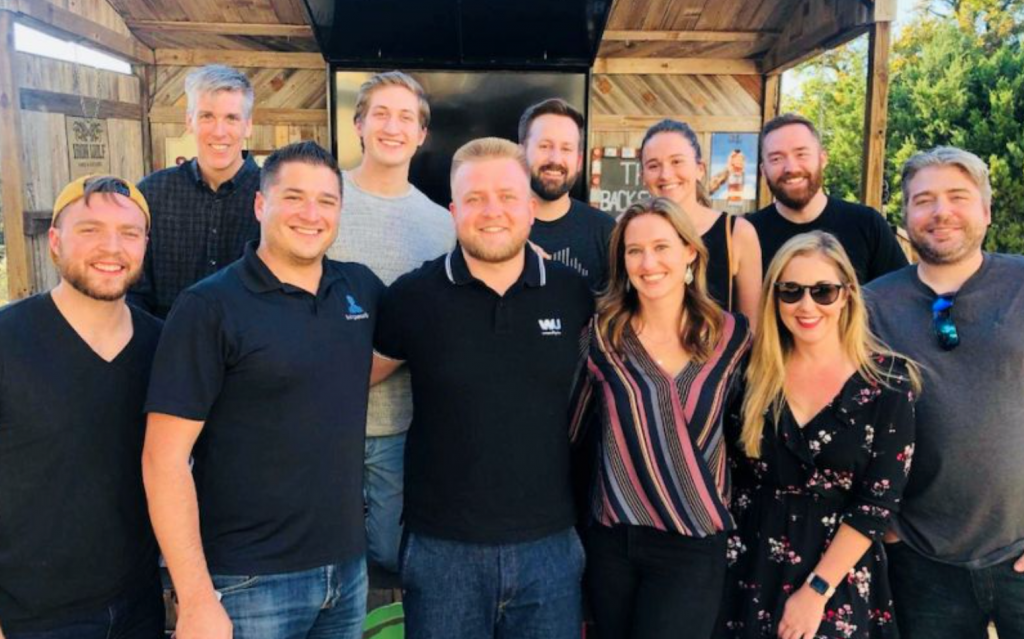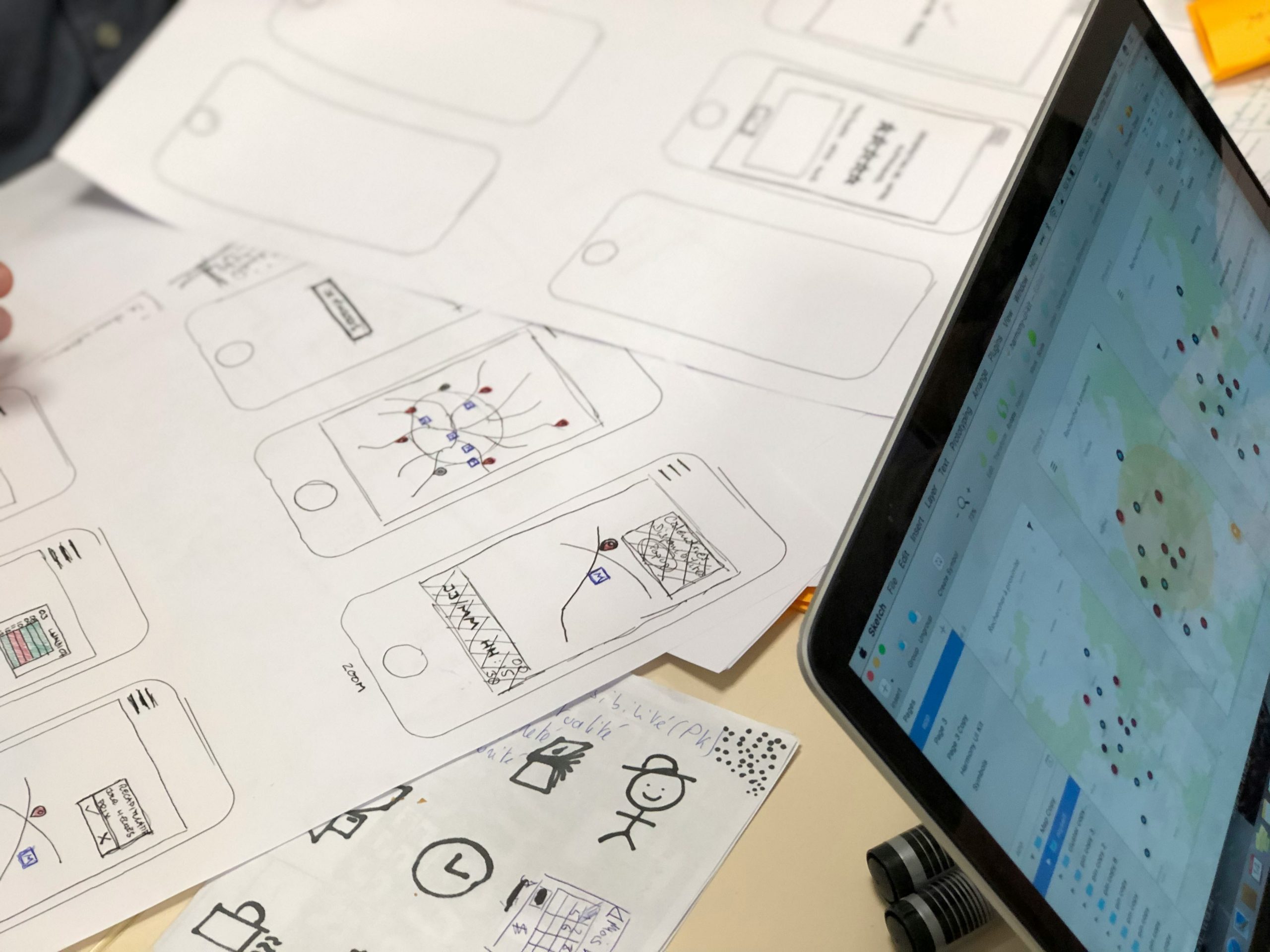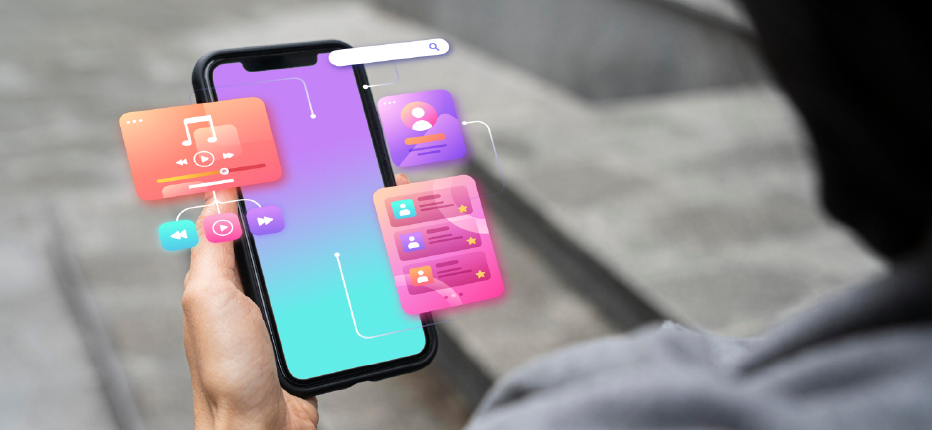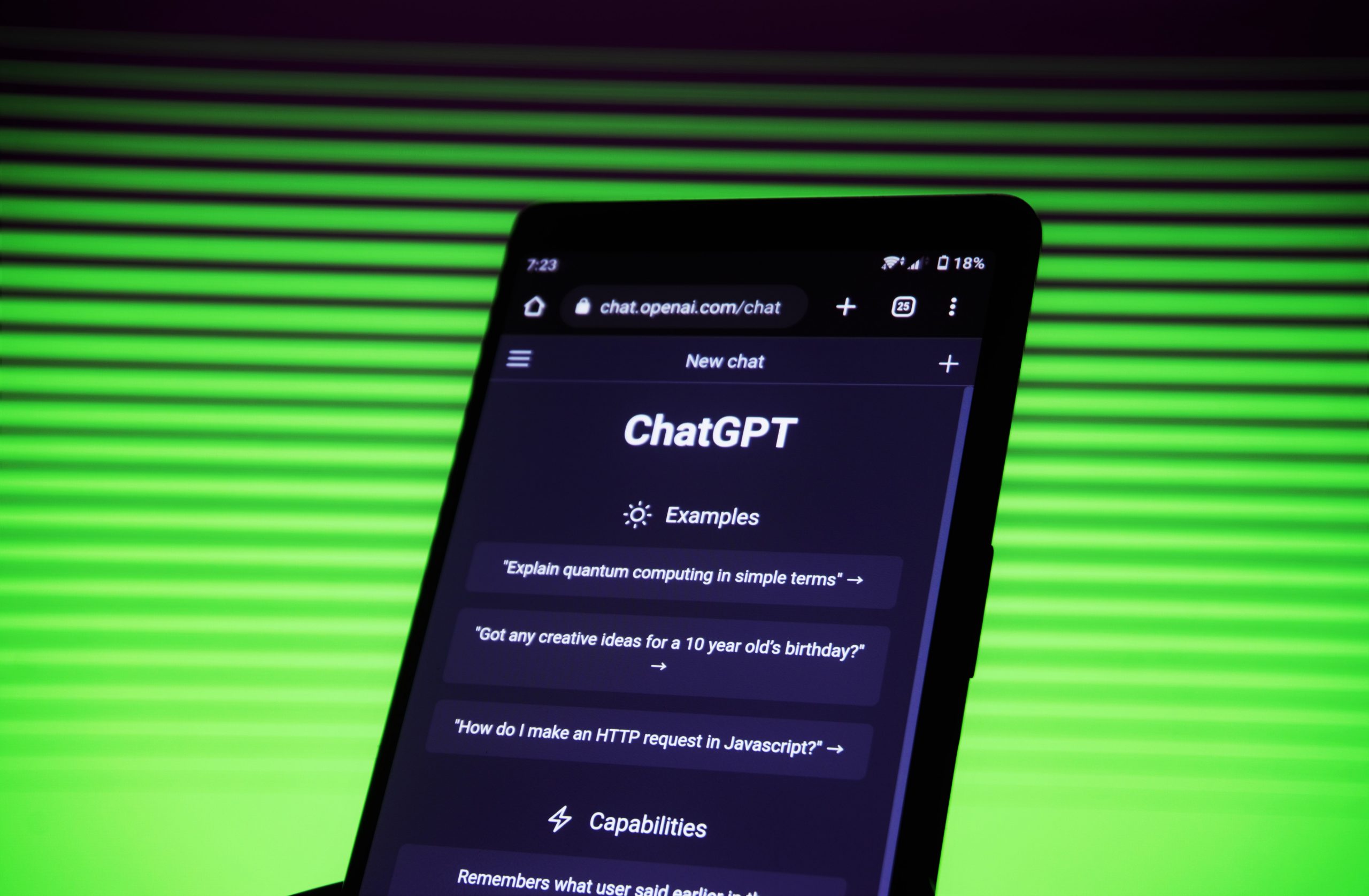Cybersecurity awareness training has long struggled with one central challenge: engagement. Employees may sit through modules, but knowledge often fades quickly, leaving organizations exposed. The numbers highlight this gap: traditional approaches fail to inspire consistent vigilance in everyday behavior, even though threats are more sophisticated than ever. This is where gamification can help. In 2025 surveys, 83% of employees in gamified programs reported feeling more motivated, while 61% noted improved productivity. The data makes clear that training infused with game elements is demonstrably more effective at fostering security-conscious habits.
As a reliable education software development company, we’ve seen how gamification turns cybersecurity training from a checkbox exercise into lasting behavior change. By applying elements like leaderboards, progress tracking, and real-time feedback, organizations boost engagement, knowledge retention, and compliance. In this article, we’ll break down the best practices for implementing gamification effectively, so your team stays motivated and your business stays secure.
Why Gamification Is Changing Cybersecurity Awareness Training
Cybersecurity awareness should encourage employees to care enough to follow them when pressure hits. The challenge most companies face isn’t a lack of information, but a lack of engagement. Gamification shifts the focus from compliance-driven checklists to experiences that spark curiosity, competition, and ownership. By turning training into something employees want to engage with, organizations move beyond awareness and start building lasting security habits.
Engagement and Retention Drive Results
By 2025, cybercrime is expected to cost businesses $10.5 trillion each year. This is a staggering figure that highlights how costly human error can be. Yet, most employees still see cybersecurity training as a checkbox task. That’s why gamification has become such a powerful shift. Research shows programs designed with game elements drive 60% higher engagement and stronger productivity.
Behavioral Change Through Realistic Simulations
The goal is knowledge and behavior. Gamified training can improve retention by up to 40%, ensuring employees don’t just learn but apply best practices when it matters most. By building realistic simulations – whether phishing tests or ransomware response drills – we help organizations move from theory to action. The result is a workforce that stays motivated, sharp, and prepared to defend against real-world threats, strengthening security culture across the business.
How Living Security Used Gamification to Transform Cybersecurity Training
Even the most advanced security systems can’t protect a business if employees disengage from training. Fortune 500 enterprises know this too well: traditional programs often feel like chores, leaving teams unprepared for real threats. Living Security set out to change that with a bold idea: turning cybersecurity awareness into an interactive escape-room experience. To scale it globally, they partnered with us.
The Challenge
Living Security, a Texas-based cybersecurity training provider, saw an opportunity to break the cycle of disengagement by transforming awareness programs into experiences employees would actually enjoy. Their vision was bold: digitize their successful in-person “escape room” concept into a fully remote, gamified e-learning platform that could scale to thousands of enterprises worldwide.
But the challenges were significant. The product needed to handle massive user volumes, integrate with third-party services like Twilio and Firebase, automate assessments, and deliver real-time reporting. At the same time, it had to feel seamless for both technical and non-technical employees – all while meeting the standards of highly regulated industries.
The Solution
Living Security partnered with WeSoftYou to bring this vision to life. Our 19-member dedicated team – including front-end and back-end developers, QA specialists, automation engineers, and project managers – rebuilt the platform from the ground up. Key steps included:
- Modern tech stack: React.js, Python, Django, and TypeScript formed the backbone of the new platform.
- Escape-room experience digitized: Gamified training blended immersive storytelling with real-world attack simulations.
- Engaging user features: Employees competed in challenges, climbed leaderboards, and collaborated in team-based missions.
- Powerful admin tools: Dashboards for company and campaign management, risk reporting modules, and analytics tied directly to training performance.
- Scalability and efficiency: Automated testing and CI/CD pipelines cut release cycles from one month to one week.
- Improved quality: Code coverage increased from 20% to 50%, ensuring higher stability and reliability.
This evolution gave Living Security the agility of a tech-first enterprise product.
The Results
The impact was measurable on every level:
- 94% of employees preferred Living Security to their previous training solutions.
- Over 1M+ users enrolled worldwide, with 1,000+ employees joining programs on the very first day.
- 96% of participants said they would recommend the training to a colleague, and 100% reported feeling more confident in spotting and reacting to cyber threats.
- Living Security secured Series B funding, fueled by strong adoption, user satisfaction, and media recognition in outlets like TechCrunch and SecurityWeek.
On the client side, the value was undeniable. In the words of Matt Ward, Director of Engineering at Living Security:
“WeSoftYou has worked diligently to understand our goals. Their team’s adaptability and responsiveness have directly contributed to our revenue growth — we’ve scaled 300% in just 18 months thanks to their support.”
Engagement, compliance, resilience: gamification delivers all three when executed with the right technology partner. Connect with us to explore how to bring this impact to your business.
Executive Lessons from the Living Security Case
Gamified cybersecurity training is a proven strategy that reduces risk while strengthening culture. But to unlock its full potential, leaders need to approach it as more than a training tool. Based on our experience with Living Security, here are eight lessons every enterprise should consider when designing or scaling their own program:
1. Build for Both Training and Growth
Gamified platforms should be designed with dual value in mind: reducing human risk and creating business upside. Living Security proved that training can become a product in itself, driving user adoption, attracting investment, and fueling revenue growth. For executives, this means viewing training not only as a defensive measure but also as a growth enabler.
2. Make Training a Brand Asset
The way training is delivered shapes how employees view the company. A boring compliance module signals “we’re checking boxes.” An engaging, immersive experience communicates “we care about your growth and security.” For enterprises competing for talent, turning security training into a brand-strengthening initiative is as important as reducing cyber risk.
3. Engineer Scalability from the Start
Enterprise-scale adoption comes with technical challenges: surges in users, heavy data loads, and third-party integrations. If scalability isn’t engineered upfront, platforms become bottlenecks. Automation, cloud-native infrastructure, and modular architecture give organizations the ability to grow without sacrificing performance or stability.
4. Translate Training into Business Outcomes
Executives don’t report training completion rates to their boards — they report risk reduction and cost savings. Linking gamification KPIs to business outcomes (fewer phishing clicks, stronger passwords, faster response times) reframes training from an HR initiative into a strategic security investment with tangible ROI.
5. Prioritize Interoperability
In isolation, gamification is limited. Integrated with SIEM, IAM, and live threat intelligence, it becomes a force multiplier. Training that mirrors actual attacks employees might face builds true readiness and ensures the platform remains relevant as threats evolve. For CIOs and CISOs, interoperability should be a non-negotiable design principle.
6. Treat Engagement as a Strategic Metric
Engagement is not a vanity measure — it’s a proxy for resilience. If employees prefer a gamified platform over traditional training and recommend it to peers, that signals cultural adoption. High engagement translates into sustained vigilance, fewer security incidents, and higher productivity. For leadership, engagement rates should sit alongside financial KPIs as critical indicators of organizational health.
7. Use Gamification to Shorten Feedback Loops
Traditional training assessments lag behind reality, offering results months after delivery. Gamified platforms generate live data on employee behavior and weaknesses. This shortens feedback loops, allowing leaders to refine training before vulnerabilities turn into breaches. Faster insight means faster response, which is vital in today’s threat environment.
8. Balance Fun with Serious Outcomes
The “game” must never dilute the purpose. Successful gamification keeps employees entertained while testing them in realistic, high-pressure scenarios. Living Security’s escape-room approach worked because it balanced storytelling with actionable practice — preparing employees for real-world cyberattacks rather than just entertaining them.
Tips to Design an Effective Gamified Cybersecurity Training Program
Gamification works best when it’s intentional. Too many organizations treat it as an add-on, but real impact comes from weaving game elements into the fabric of training design. In simple words, you should create experiences that inspire action, not just awareness.
The following tips will help you design programs that are engaging, measurable, and aligned with business priorities.
Turn Your Business Goals Into Training Outcomes
Gamification only works when it’s tied to clear business outcomes. Whether the goal is reducing phishing incidents, improving password hygiene, or meeting compliance standards like GDPR and CCPA, training should directly support the broader security strategy.
We often advise your clients to begin with a security audit to pinpoint real vulnerabilities. This ensures gamification addresses actual risks, not theoretical ones, while engaging voices from IT, HR, and compliance to build a program that resonates across the organization.
Game Mechanics That Make Cybersecurity Training Stick
The mechanics matter as much as the message. Selecting the right mix ensures employees stay engaged while actually absorbing the lessons. From our experience, the strongest programs blend several approaches, such as:
- Points and Leaderboards – foster healthy competition and accountability.
- Badges and Achievements – provide recognition and encourage ongoing participation.
- Quests and Challenges – promote problem-solving and real-world application of knowledge.
- Storytelling – create immersive scenarios that make cybersecurity threats tangible.
- Team-Based Challenges – build collaboration and reinforce a culture of shared responsibility.
For example, our team once applied this blended approach in a cybersecurity training platform that used narrative-driven attack simulations. This resulted in training that was both engaging and educational for technical and non-technical staff alike, while strengthening community and knowledge-sharing across teams.
Personalize and Make Learning Adaptive
One-size-fits-all training falls flat. Effective gamification adapts to skill level, pacing challenges to keep employees engaged without overwhelming them.
Leveraging our expertise in custom software development, our team builds adaptive platforms that adjust difficulty in real time and track performance with analytics. This data-driven approach helps refine training continuously, closing knowledge gaps while keeping content relevant. The result is a workforce motivated to take ownership of their learning—and a stronger, more resilient security culture across the business.
Implementing Gamification Across Technology and Culture
Your company should treat gamification as an organizational shift. For training to work, it must integrate smoothly with existing security tools while also fitting into the company’s culture. That means balancing technical considerations like interoperability and compliance with the human side of engagement and learning. Done right, gamification becomes part of how the business thinks about security every day.
How to Make Gamification Work with Existing Security Tools
Gamification only works when it fits seamlessly into the systems employees already use. Linking training modules with tools like SIEM or IAM ensures scenarios reflect real organizational risks. Instead of abstract lessons, employees practice against threats they’re likely to encounter.
At WeSoftYou, we design gamification platforms with interoperability in mind. This makes administration easier, unlocks data-driven insights into user behavior, and keeps training current with live threat intelligence. For example, if a new phishing tactic appears, the platform can instantly update scenarios—giving employees hands-on practice before attackers ever reach them.
Protecting Privacy While Driving Compliance
Collecting performance data is central to gamified training, but in regulated industries it can quickly become a liability if not handled correctly. Regulations such as GDPR, HIPAA, or PCI DSS demand transparency and strong protection measures. Employees also need to trust that their information is safe.
We advise organizations to adopt anonymization techniques and communicate clearly how data will be collected and used. Done right, privacy safeguards reduce legal risk while also building employee confidence, making people more willing to participate fully in training initiatives.
Embedding Continuous Learning into Security Culture
Cybersecurity isn’t static, and training shouldn’t be either. Gamification has the greatest impact when it’s treated as an ongoing strategy. This means it’s regularly refreshed with new content, updated scenarios, and collaborative challenges that make learning social.
In our experience, organizations that embed gamification into their culture see long-term improvements in vigilance and incident response. By giving employees opportunities to compete, collaborate, and celebrate progress, businesses build a proactive security mindset that endures as threats evolve.
Measuring Success: Metrics and Feedback Loops
Gamification only creates real value if its impact can be tracked and improved over time. Too many organizations focus on the excitement of launch but fail to measure whether employees are actually learning, changing behavior, and reducing risk. The key is to combine clear performance metrics with continuous feedback loops, so training evolves alongside both employee needs and the shifting threat landscape.
Key Performance Indicators (KPIs) for Gamified Training
Gamification should deliver more than short-term excitement; it should create measurable security outcomes. Clear KPIs help track that impact. Common metrics include:
- Completion rates of training modules
- Reduction in phishing click rates
- Improved password strength and management
- User engagement (time spent, challenges completed)
- Faster incident response times after training
We frequently work side-by-side with our clients to define KPIs tied directly to business objectives. Benchmarks set at the start make it possible to measure real progress, like higher completion rates signaling improved engagement, or reduced phishing clicks showing stronger vigilance against threats.
Incorporating User Feedback for Continuous Improvement
Metrics tell one side of the story; feedback tells the other. Surveys, focus groups, and in-platform response tools reveal what employees find effective—or frustrating—about gamified training. This feedback loop strengthens adoption and gives employees a sense of ownership in the process.
WeSoftYou emphasizes iterative development cycles, adjusting mechanics and scenarios based on user input. If a feature feels confusing or ineffective, it can be refined quickly. This adaptability ensures training evolves alongside both employee needs and emerging cyber threats, creating a program that remains relevant, engaging, and resilient over time.
Our Role in Driving Secure and Engaging Software
At WeSoftYou, we build software that solves real business problems and delivers measurable outcomes. Our approach combines enterprise-grade engineering standards, a proven track record across industries, and a commitment to adaptability.
- Enterprise-Ready Quality. We apply 36 in-house quality standards to every project, ensuring code is reliable, scalable, and efficient. This means fewer risks, faster releases, and solutions that stand the test of time.
- Cross-Industry Expertise. From Fortune 500 enterprises to startups and public sector organizations, we’ve delivered impactful products in e-Learning, FinTech, Healthcare, Retail, EdTech, Blockchain, and AI.
- End-to-End Deliver. We support the entire lifecycle — from discovery and product strategy to design, development, QA, and automation. With CI/CD pipelines and test automation, we cut release cycles dramatically while improving stability.
- Proven Results. Our work with Living Security led to a fully remote gamified cybersecurity platform used by over a million employees worldwide and helped secure Series B funding. In EdTech, we’ve developed AI-driven platforms that increased engagement by 40%.
- Global Team, Local Mindset. With engineering teams in Kyiv and client-facing offices in the U.S. and Europe, we combine global talent with responsive, transparent communication. Clients consistently highlight our adaptability and speed in problem-solving.
Book a consultation with us and start transforming your cybersecurity culture.
To conclude
Cybersecurity training in 2025 means building a culture where employees are engaged, prepared, and resilient. Gamification has proven to be one of the most effective ways to achieve this, turning routine exercises into experiences that change behavior and reduce real-world risk.
For leaders, the takeaway is, the future of cybersecurity readiness lies in solutions that combine human motivation with enterprise-grade technology. Those who invest in this approach today will not only protect their businesses but also gain a lasting competitive edge.
We believe such shifts in your organization require the right blend of technology, design, and strategy. They can transform training into a business advantage. When gamification is implemented with purpose, it doesn’t just educate — it strengthens organizations at their core.
Frequently Asked Questions (FAQ)
What types of game mechanics are most effective for cybersecurity training?
Points, badges, leaderboards, and scenario-based challenges are among the most effective. Combining these with storytelling and real-world simulations enhances engagement and knowledge retention. For instance, incorporating narrative elements can help employees relate to the material on a personal level, making the training feel more relevant and less like a chore. Additionally, using time-limited challenges can create a sense of urgency, motivating participants to engage more deeply with the content and apply their skills in a competitive yet supportive environment.
How can gamification be tailored for different employee roles?
Personalization is key. Technical staff might engage with advanced threat simulations, while non-technical employees benefit from awareness challenges and phishing exercises tailored to their daily tasks. This approach ensures that the training is not only relevant but also practical, allowing employees to see the direct application of their learning in their specific roles. Furthermore, feedback mechanisms can be integrated to provide personalized insights after each training session, helping employees understand their strengths and areas for improvement, thus fostering a culture of continuous learning.
Is gamification suitable for compliance training?
Absolutely. Gamification can make compliance training more interactive and memorable, increasing adherence to regulatory requirements. By using scenarios that mimic real-life compliance challenges, employees can practice navigating complex regulations in a safe environment. This method not only enhances understanding but also builds confidence in their ability to handle compliance issues as they arise in their daily work. Additionally, incorporating quizzes and rewards for successful completion can further incentivize participation and retention of crucial compliance information.
How do we measure the ROI of gamified cybersecurity training?
By tracking KPIs such as training completion rates, reduction in security incidents, and improvements in employee behavior, organizations can quantify the impact and ROI of gamification initiatives. Furthermore, conducting pre- and post-training assessments can provide valuable insights into knowledge gains and behavioral changes. Surveys can also be employed to gauge employee engagement and satisfaction with the training process, offering qualitative data that complements the quantitative metrics. This comprehensive approach ensures that organizations not only understand the effectiveness of their training programs but also identify areas for further enhancement and investment.

